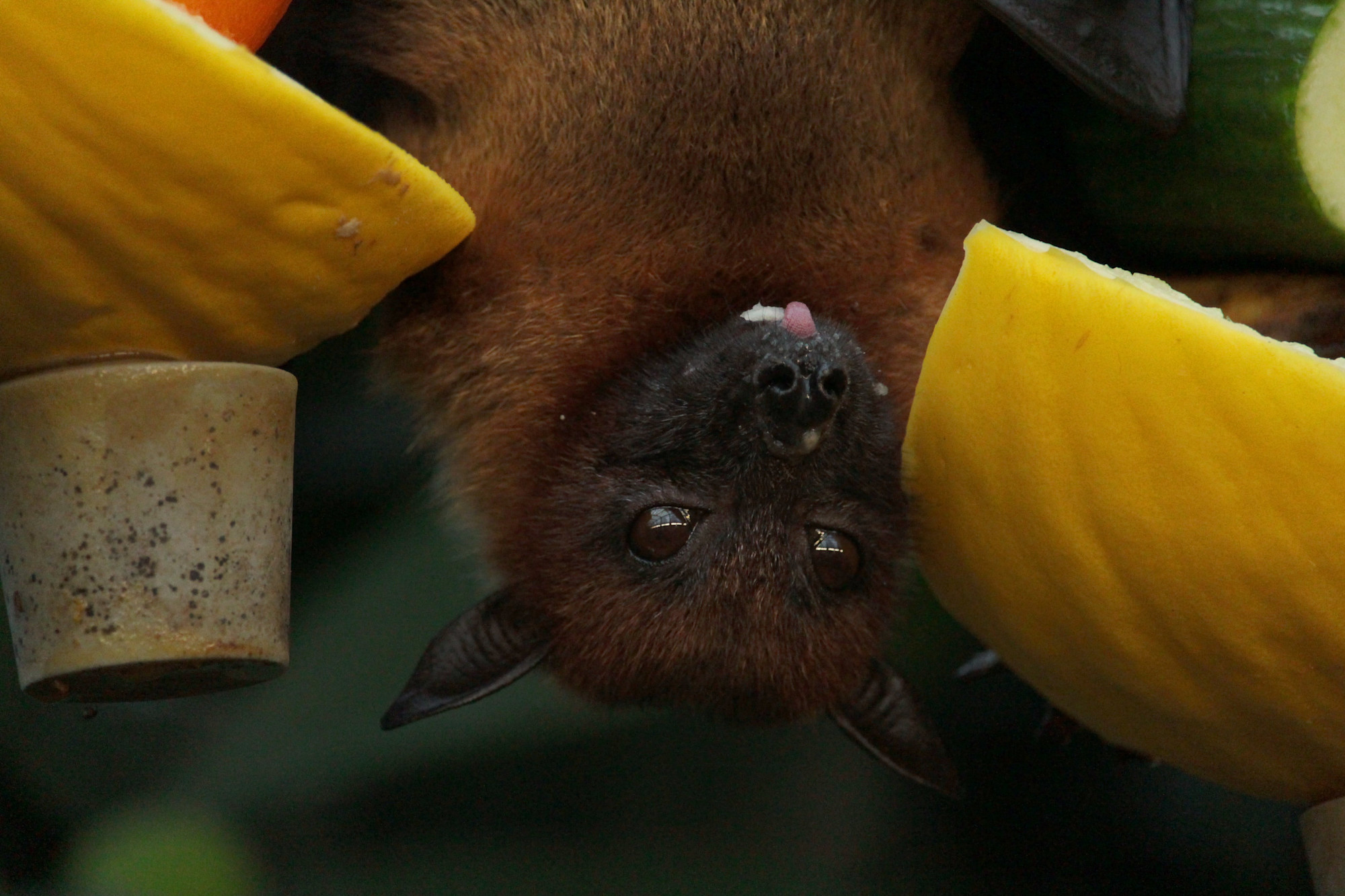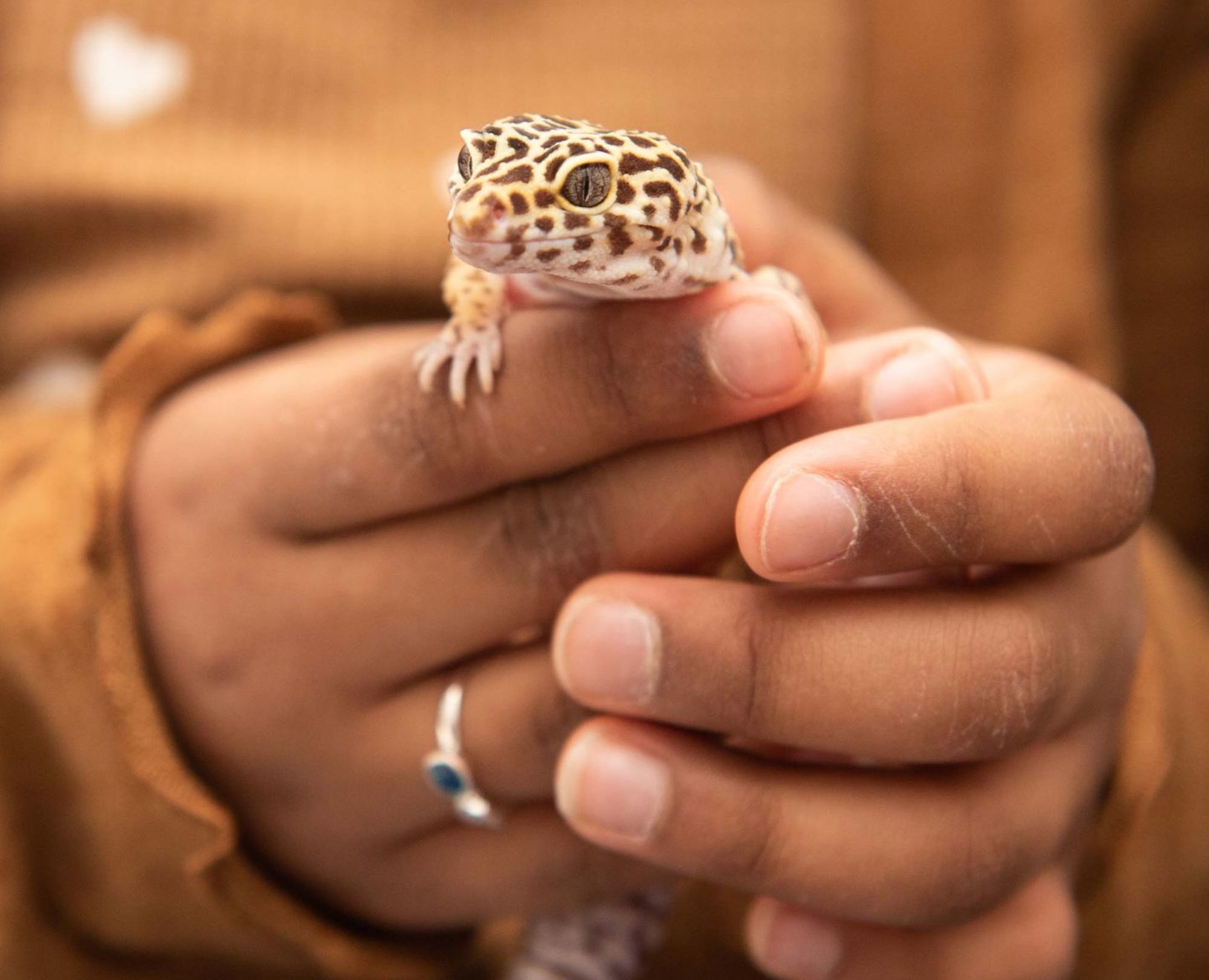
Protecting Local Wildlife This Halloween
Halloween is one of the most exciting times of year for communities to come together and enjoy each other’s company. While this season is enjoyed by movie lovers and trick-o-treaters alike, wildlife are not always as fond. The dark fall night that nocturnal wildlife are accustomed to is replaced with the flashing lights and loud sounds coming from the front porch of beautifully decorated homes. Nocturnal wildlife require the cloak of darkness and quiet to move through a community safely from predators, which is why Halloween can create real disturbance. It’s important to remain educated on how seasonal decor and activities may impact wildlife, and ways you can celebrate while protecting your local ecosystem.
Light Pollution and Noise
Many urban wildlife species have adapted to light pollution. The flashing lights of a fast food restaurant never stop a hungry raccoon from searching through the dumpster. However, halloween lights are often very bright, with flashing sequences of colour or strobing effects. This type of unnatural light can be extremely confusing for wildlife and disorient them of their surroundings. Since most wildlife are cautious of unfamiliar sounds, playing loud halloween music can also have a negative effect on local animals. When wildlife are disoriented from these flashing lights and sounds, they are more vulnerable to predators and less likely to know where their food sources are located.
This halloween, consider your local wildlife when setting up halloween decorations. Keep noise and light pollution to a minimum. Using lights that are only directed at the home is a vital key to having wildlife-friendly halloween decorations. This way any bushes, trees or gardens where wildlife may be nesting or eating will remain dark and safe. Be sure to use low dim lights that are fixed on one place rather than a constantly moving or flashing light is also a much better alternative.
Halloween Decorations
Halloween decor can create a number of problems for wildlife. Fake webs may be the perfect addition to your spooky display, but they also act as a net to trap a variety of different wildlife species. The most common to be caught are birds and bats as they fly through front yards becoming trapped and tangled inside the fiber webs. As birds begin to migrate in the fall, more are likely to get caught. Squirrels are also likely to become trapped when climbing trees or passing through urban yards. Trapped animals can break or sprain limbs in an attempt to free themselves. This year, avoid the use of fake webs to prevent injury to local wildlife.
Jack-o-lanterns are one of most common Halloween decorations left on the front deck and front porches. Unfortunately, these fruits will attract wildlife looking for a bite to eat. Skunks, raccoons and squirrels are all fond of pumpkins and are able to easily access them from the ground. Pumpkins should always be kept off of the deck or porch to avoid wildlife coming close to the home. This prevents any potential injury from running into wildlife as you leave your front door, but it will also deter them from setting up a permanent residence inside your home as well.
Trick-or-Treating and Excess Litter
On Halloween night, the best part of the spooky evening is handing out candy to trick-or-treaters. As costumed kids make their way through residential neighbourhoods, wrappers and candy can often get dropped or lost in the process. Not only is trash harmful to local ecosystems, wildlife or pets can eat the candy or chocolate wrappers they find. Chocolate can be especially toxic for dogs who may come into contact with disacred Halloween candy on their morning walk.
It is important to encourage children not to litter, and even provide them a place to store their trash as they walk from home to home snacking on their loot by taking a trash bag along with you. Taking a walk around your neighbourhood the morning after halloween to collect any fallen trash is another great way you can protect wildlife this Halloween season. It is also important to remember that nocturnal animals will be out during the dusk and evening hours of Halloween night; teaching children to give wildlife their space can prevent unwanted interactions. Petting or feeding wildlife should always be discouraged.
Treating wildlife with respect is an important part of maintaining balance in our communities. This halloween, celebrate by treating local wildlife with respect, and keeping our neighbourhoods clean and safe for residents of all shapes and sizes. If wildlife happen to make their way into your home this fall, the best way to keep the animals safe while protecting your property is to trust the humane methods used by our team at Skedaddle Humane Wildlife Control.
Learn More
Back to All Blog Posts
Explore more blog posts about animal care, pet safety, and animals within our community.


